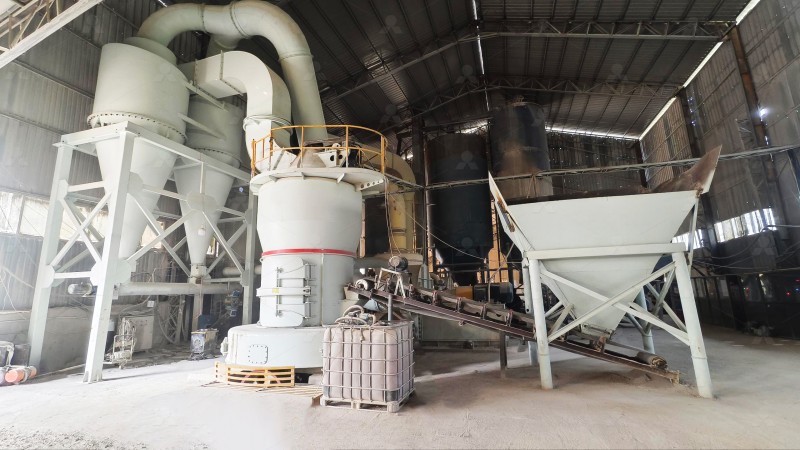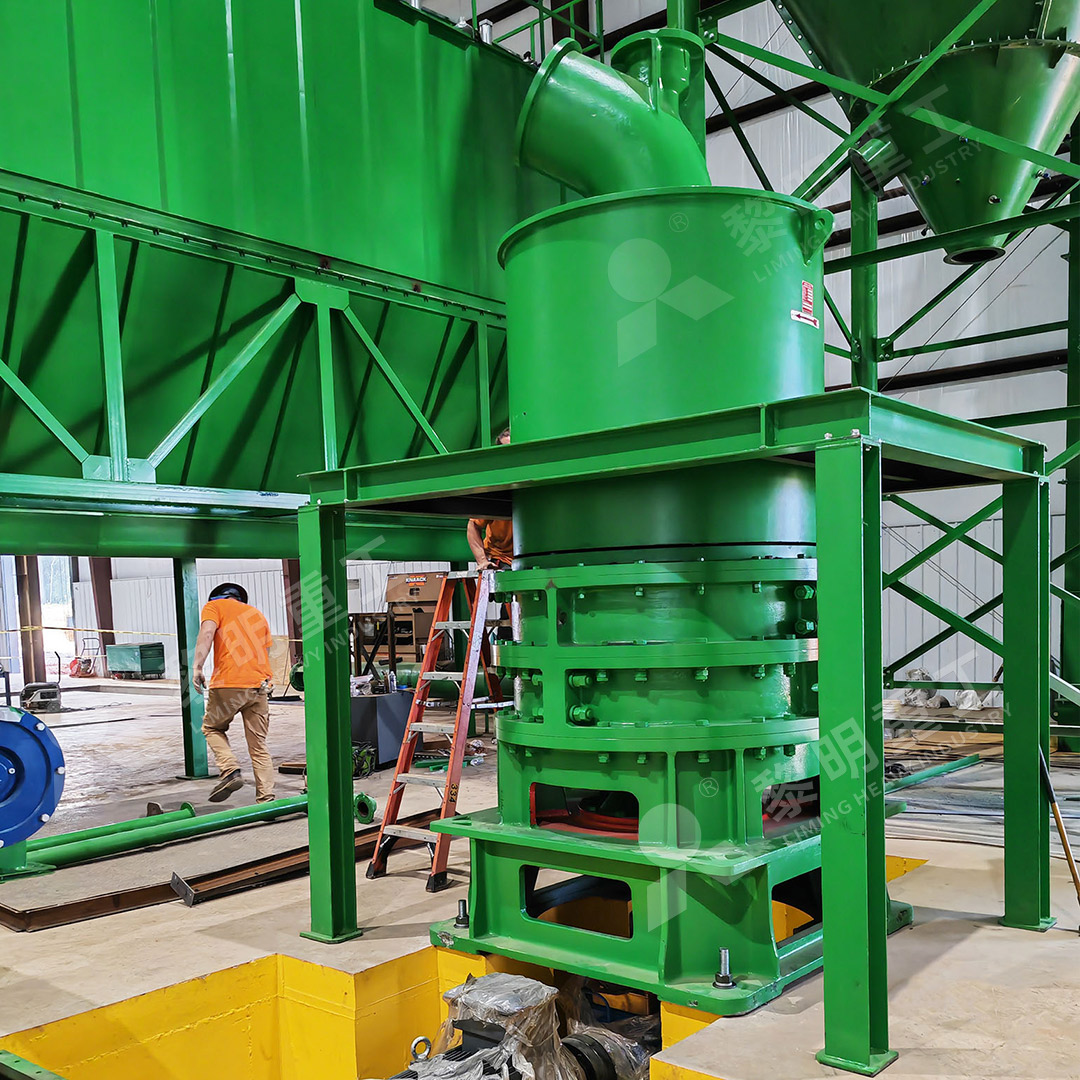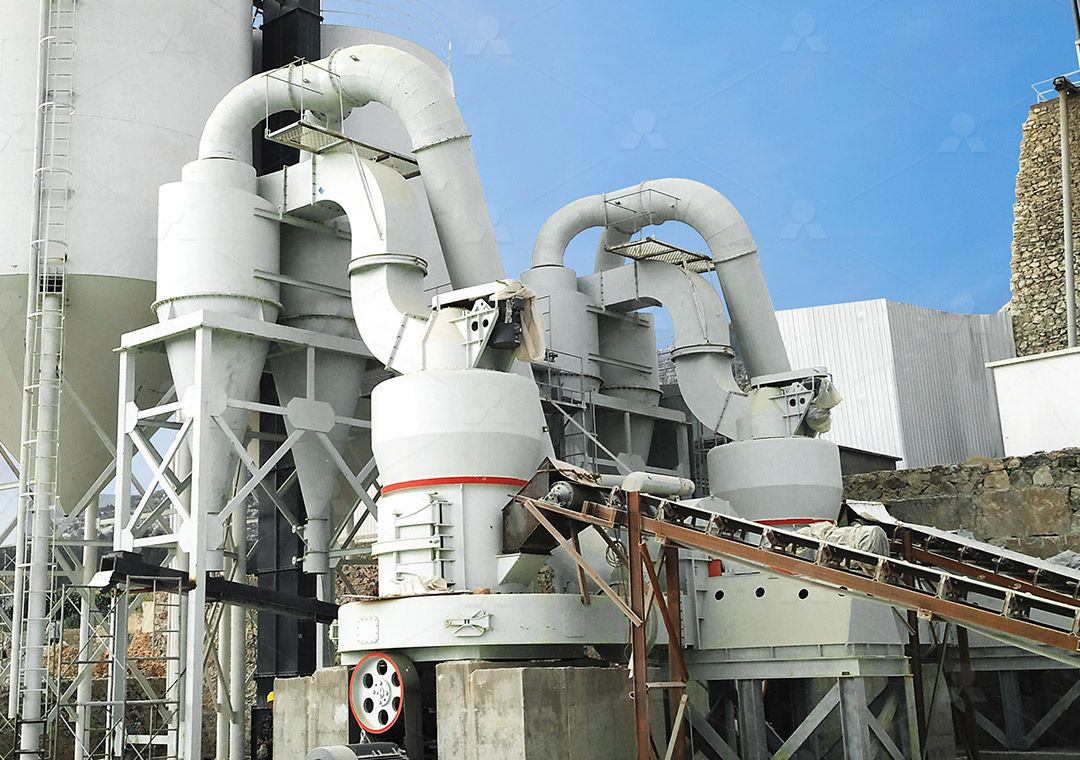Project Mechanical Tool Post Grinder: Selection Guide & Technical Specs
Navigating the Complex World of Industrial Grinding Solutions
In today’s competitive manufacturing landscape, selecting the right grinding equipment isn’t just a purchase decision—it’s a strategic investment in your operation’s future. The wrong choice can lead to production bottlenecks, inconsistent product quality, and skyrocketing operational costs. As industry veterans with decades of experience, we understand that your grinding requirements are as unique as your fingerprint.

Key Considerations for Equipment Selection
Before diving into technical specifications, every project manager should conduct a thorough assessment of their operational requirements. Material characteristics represent the foundation of this evaluation—consider hardness, moisture content, abrasiveness, and chemical composition. Production capacity demands careful analysis of both current and projected throughput requirements. Don’t forget to factor in space constraints, energy availability, and environmental compliance obligations.
We’ve witnessed countless operations where the initial capital expenditure became the sole deciding factor, only to result in significantly higher long-term costs. The true measure of value lies in total cost of ownership, which includes maintenance, energy consumption, and operational efficiency over the equipment’s entire lifecycle.
Specialized Solutions for Diverse Applications
The grinding industry has evolved beyond one-size-fits-all solutions. Different materials and production goals demand specialized approaches. For operations requiring ultra-fine powder production with minimal environmental impact, our engineering team typically recommends the MW Ultrafine Grinding Mill. This workhorse delivers exceptional performance with input sizes up to 20mm and capacities ranging from 0.5 to 25 tph.
What sets the MW series apart is its innovative design that eliminates rolling bearings and screws within the grinding chamber—a feature that dramatically reduces maintenance concerns. The integrated pulse dust collector and muffler system ensures compliance with stringent environmental standards while maintaining optimal working conditions. For materials like limestone, calcite, dolomite, and various chemical industry applications, this mill represents the gold standard in ultrafine processing.

Advanced Technologies Driving Efficiency
Modern grinding mills incorporate sophisticated technologies that were unimaginable just a decade ago. The cage-type powder selector in the MW Ultrafine Grinding Mill, for instance, utilizes German engineering to achieve precision separation with adjustable fineness between 325-2500 meshes. This technological advancement enables operators to respond quickly to changing market demands without equipment modifications.
Another standout in our portfolio is the LUM Ultrafine Vertical Grinding Mill, which integrates the latest Taiwanese grinding roller technology with German powder separating expertise. Its unique double position-limiting technology provides exceptional operational stability, while the reversible structure simplifies maintenance procedures that traditionally required extensive downtime.
Operational Excellence and Support
Even the most advanced equipment is only as good as the support behind it. We’ve built our reputation not just on manufacturing excellence but on comprehensive after-sales service. Our digitalized processing ensures machining precision, particularly for core components, while our sufficient spare parts supply guarantees worry-free operation. From technical consultation to original spare parts provision, we stand behind every machine we produce.

Frequently Asked Questions
What’s the primary advantage of the MW Ultrafine Grinding Mill over traditional ball mills?
The MW Ultrafine Grinding Mill delivers approximately twice the production capacity of ball mills with equivalent fineness and power requirements, while reducing system energy consumption by up to 70% compared to jet grinding mills.
How does the absence of rolling bearings in the grinding chamber benefit operations?
This design eliminates concerns about bearing damage or seal failures, and prevents machine damage caused by loose screws. External lubrication allows for maintenance without shutdown, supporting continuous 24-hour production.
What materials are suitable for the MW Ultrafine Grinding Mill?
This mill excels with limestone, calcite, dolomite, petroleum coal, gypsum, barite, marble, talc, and various chemical industry materials including those for paint, cosmetics, medicine, and food additives.
How quickly can fineness be adjusted on the MW series?
The cage-type powder selector allows rapid adjustment between 325-2500 meshes, with the capability to achieve d97≤5μm in a single pass, enabling quick response to changing production requirements.
What environmental features are incorporated into these grinding systems?
Our mills feature efficient pulse dust collectors that prevent dust pollution, along with silencers and noise elimination rooms that reduce operational noise, ensuring full compliance with national environmental standards.
